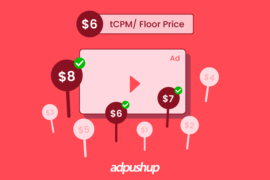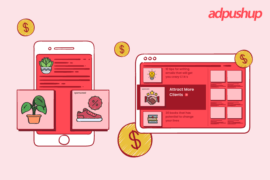Advertisers want the highest click rates and greatest return on investment possible when they run digital campaigns. How do publishers help them achieve that, and how do we provide value for brands investing high dollar amounts on banner campaigns?
Benchmark data shows that the average click-through rate (CTR) in Google AdWords across all industries is 3.17% on the search network and 0.46% on the display network. Real estate ads on the display network have the highest click-through rate of any industry, at 1.07%.
Of course, we know that click-through rates on banner campaigns can vary greatly between advertisers and publishers. What accounts for those differences, and why are some publishers delivering higher click rates on banner campaigns than others?
We know that the CTR is a key performance indicator in digital advertising. This rate informs how often users go to a certain website after viewing a banner ad. Advertisers are looking to do anything they can to optimize their CTRs, and that starts with improving ad quality.
If the primary objective in display advertising is to attract a target audience, then the most effective banner campaigns are those that reveal the essence of the product to attract the attention of that audience. We can measure the response to any display campaign by analyzing the CTR, but in order to actually influence that rate, it’s usually necessary to make adjustments to the campaign itself. How does the banner ad look? Where is it placed? What information is included in the ad? These are all things that publishers should ask their clients before launching new campaigns.
To maximize the impact of banner campaigns, we’ve outlined five steps that publishers can take to generate higher click rates almost immediately for their advertisers.
5 Ways to Deliver Higher Click Rates on Banner Campaigns
1. Experiment with Ad Sizes
Larger banner ads command more attention on a webpage, drawing more eyes to the ad. If an advertiser with a great visual and a clear call-to-action still isn’t seeing the results they expect, then going up a size is a possible answer.

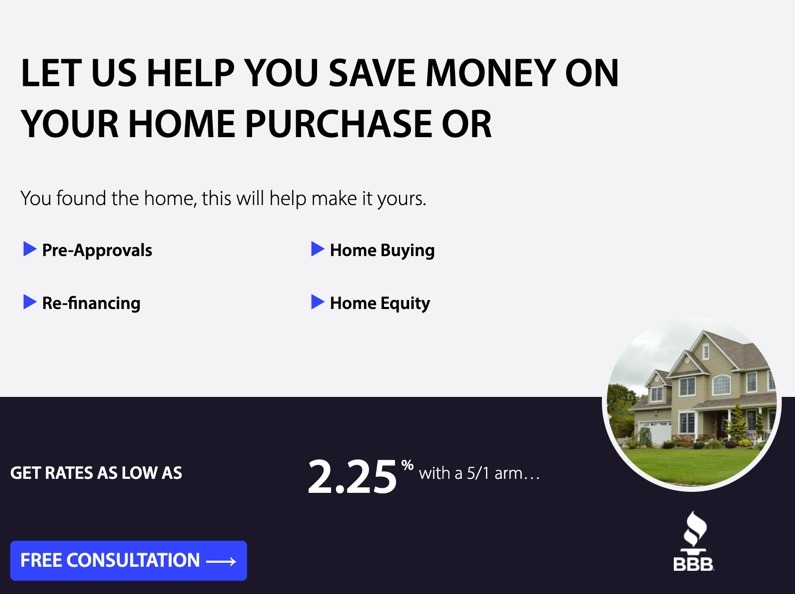
Publishers tend to be flexible with the ad sizes they offer as people view ads on all different sized screens. Mobile devices, laptops, and desktop computers are all unique. Google has said that its top performing ad sizes are 300×250 (medium rectangle), 336×280 (large rectangle), and 728×90 (leaderboard). Leaderboards usually have more ad inventory available, which Google says leads to increased earnings.
2. Find the Right Placement on Page
Ad placement optimization goes a long way in curing “banner blindness,” but placement on the webpage matters a great deal, too. It’s easy to imagine that display ads placed at the top of a webpage will deliver higher click rates than those placed along the footer. But what about display ads placed along the left size versus the right side of a page? Does one side deliver higher click rates or greater levels of engagement than the other? Do overlays and popups generate more clicks than traditional banner ads? The answer, as is frequently the case, is complicated.
Placement on page matters a great deal. But where advertisers see the greatest bang for their buck differs from publisher to publisher and page to page. It can even be influenced by the size of an ad or the visuals that the advertiser chooses to include. Some of the savviest publishers use ad networks (like AdPushup) for ad layout optimization. Using tools like A/B testing, publishers can figure out which page placements generate the highest click rates and then adjust their rates accordingly.
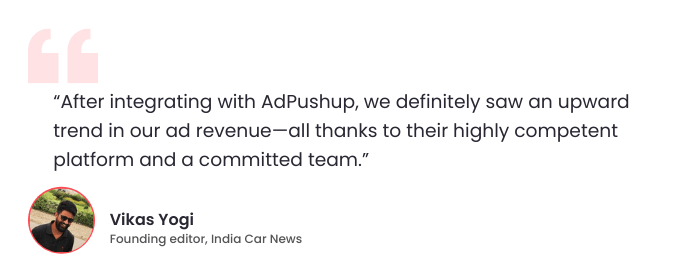
3. Allow for A/B Testing
Finding the right balance of information to include in a banner campaign isn’t always easy, but publishers who give their advertiser clients the tools to run A/B tests provide additional value. Heatmap tools can be an effective resource as well, helping identify what works and when it works for your advertisers.
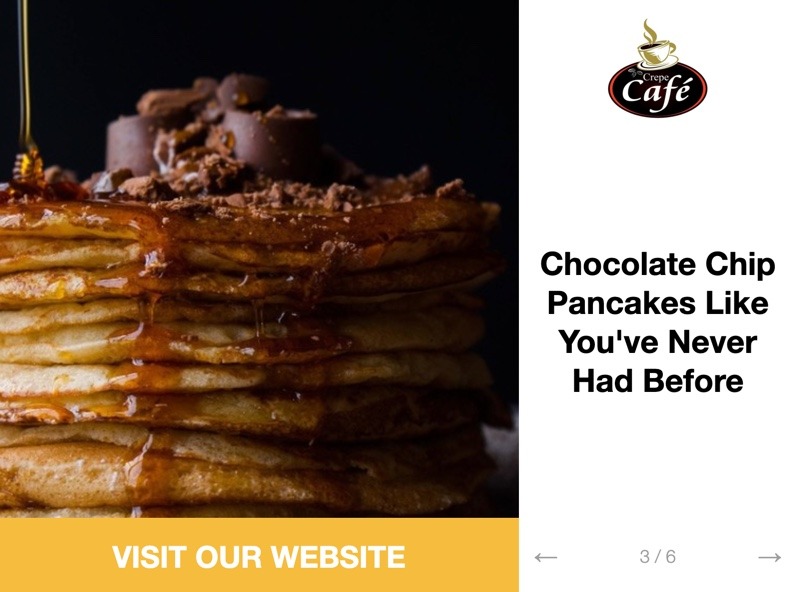
Strategically leaving out certain details, like how much an item costs or the address of an event, can entice people to click on an advertiser’s campaign, but the specific amount of information to leave out is determined largely by the publisher’s audience. The knowledge that’s gained through things like A/B testing and heat maps can be valuable for advertisers as they craft their campaigns in a way that makes them engaging enough to warrant clicks.
4. Guide Clients in Selecting Appropriate Imagery
People associate the imagery in a banner campaign with the brand, so it’s important that the visuals are memorable. In case of direct deals for ad placements, publishers can work with advertisers to make sure that the banner creative is well-designed.
If a display ad includes a photograph of a couple, how old is the couple? What are they doing in the photo? A photograph included as the background in a banner ad should be informed by the audience the advertiser is trying to target. As a publisher, you know your audience better than anyone else. You likely keep detailed metrics, tracking the demographics of your readership. These insights can be incredibly helpful to advertisers who are designing their campaigns.

Color theory plays a role in the design of display advertising, as well. Certain colors convey different meanings. Colors like blue and black are popular in display advertising because those colors are known for creating trust. These are factors that you will want to encourage your clients to consider as they develop their campaigns.
5. Update Creatives On the Fly
What should you do when the strategies mentioned above aren’t working? When banner ads register below average click rates and declining returns, it’s time to make changes as a publisher to prevent banner blindness on your websites.
To give banner ads a boost and ensure they are generating the engagement and click rates that clients expect, experts recommend updating basic website design elements and ad creatives every one to two weeks. This is a strategy designed to prevent so-called ad fatigue. Simple changes, like adjusting fonts or increasing the size of a “Learn More” button, can have a real impact.
Updating taglines and promotional offers can drive engagement and lead to more satisfied clients. Fresh and interesting ad formats can help address these issues. By offering a more robust set of options, you can help your advertisers perform better over time.
When it comes to delivering higher click rates on banner campaigns, it’s clear that design and ad copy aren’t always enough to generate a positive ROI. In a competitive environment, publishers should provide guidance to brands on how to measure success and continue refining banner campaigns until they see an increase in conversions.
This is a guest post by Kenny Katzgrau. He is the founder and CEO of Broadstreet, a company dedicated to the sustainability and growth of hyperlocal news publishing, helping them to sidestep the traditional struggles of selling display advertising.

Shubham is a digital marketer with rich experience working in the advertisement technology industry. He has vast experience in the programmatic industry, driving business strategy and scaling functions including but not limited to growth and marketing, Operations, process optimization, and Sales.



